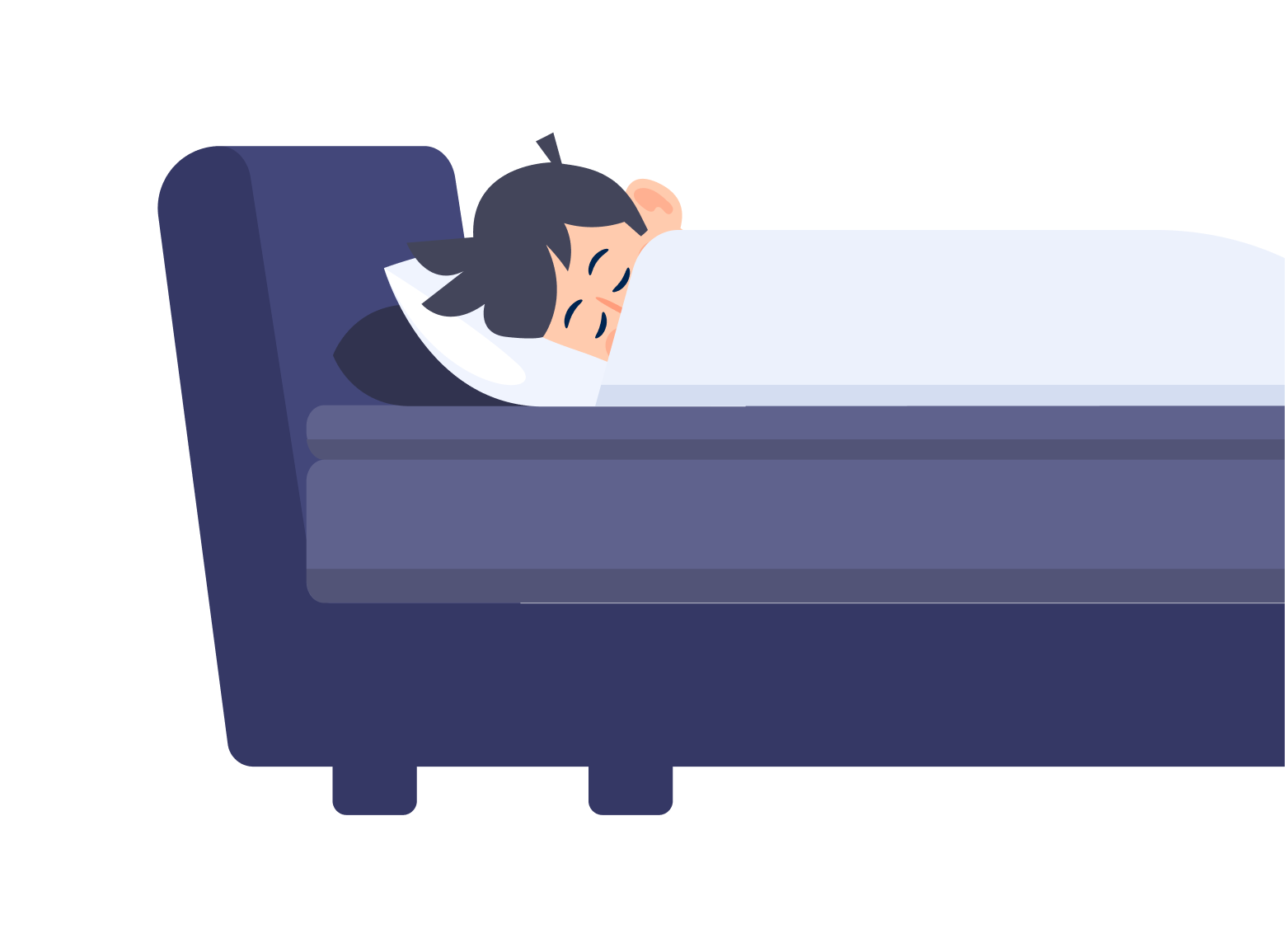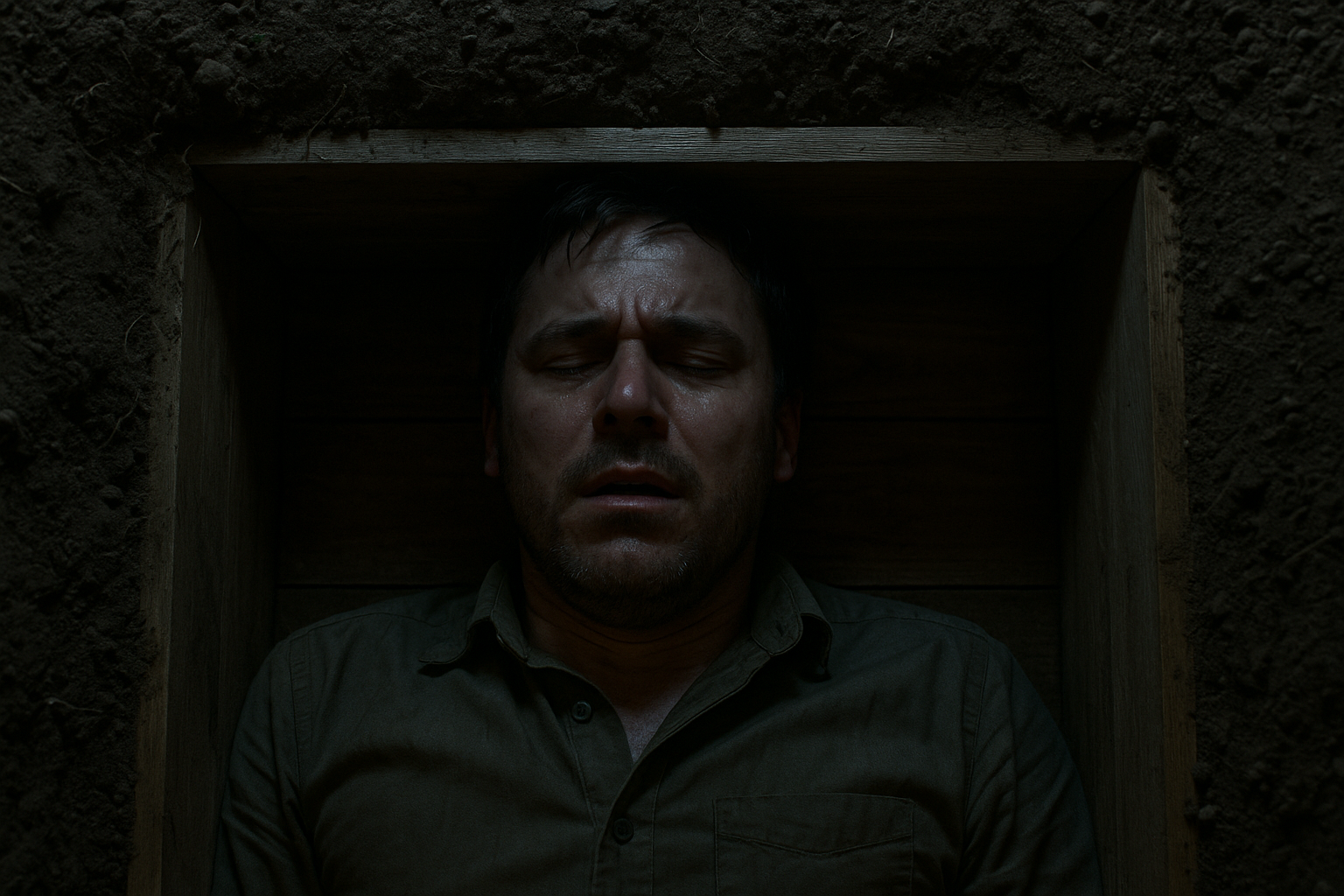Healing dreams represent one of the most remarkable ways your mind processes and recovers from emotional trauma. Have you ever woken from healing dreams feeling emotionally shaken—as if your mind dragged you back into a moment you thought you had left behind? Healing dreams are more common than you might realize, and understanding them is essential for emotional recovery. Many people experience healing dreams that echo past traumas, from childhood fears to heartbreaks, abuse, or even events they barely remember consciously. But what if these healing dreams aren’t just haunting echoes of the past… but active attempts to heal and integrate difficult experiences?
The powerful world of healing dreams reveals that your sleeping mind works as a sophisticated therapeutic system. Healing dreams aren’t random or meaningless—they’re part of your brain’s natural recovery process. Today, we’ll explore the scientific link between healing dreams and trauma recovery, why the subconscious replays painful experiences, and how this mysterious process can actually lead to emotional recovery and inner peace through healing dreams.
🌟 Ready to understand your healing dreams and support your recovery journey? Discover compassionate analysis with the Dreamly App – your gentle companion for processing healing dreams and finding emotional peace.

Why Trauma Often Manifests in Healing Dreams
Healing dreams emerge because trauma leaves profound marks not just on the body, but deep within the subconscious mind. Even when we appear “fine” on the surface, the brain continues processing overwhelming events in the background—especially during REM sleep, where the most vivid healing dreams occur.
The Neuroscience Behind Healing Dreams
According to groundbreaking research from leading sleep research centers, the brain uses healing dreams as a sophisticated emotional processing system. During REM sleep, emotional memory centers become highly active while logical reasoning areas remain suppressed, creating optimal conditions for healing dreams to process difficult experiences safely.
Leading neuroscientists and trauma therapists have identified that the brain uses healing dreams to accomplish several critical therapeutic functions:
Core Healing Functions of Dreams
- Emotional Memory Reorganization: Healing dreams help reorganize fragmented emotional memories into coherent, manageable narratives
- Intensity Reduction: Healing dreams gradually reduce the emotional charge of painful events through repeated, safe exposure
- Symbolic Processing: Healing dreams explore unresolved fears through symbolic representation when direct processing feels too overwhelming
- Safe Re-experiencing: Healing dreams allow controlled reliving of scenarios that couldn’t be fully processed when awake
- Integration and Resolution: Healing dreams work to integrate traumatic experiences into existing memory networks for healthy processing
This explains why trauma survivors often experience recurrent or emotionally intense healing dreams, even years after the triggering event. These healing dreams represent the mind’s persistent, compassionate attempt to achieve resolution and emotional freedom.
Understanding the “Replaying” Mechanism in Healing Dreams
Healing dreams that replay difficult experiences aren’t just torment—they represent the mind’s sophisticated attempt to work through unprocessed emotional material. These healing dreams follow recognizable patterns that provide valuable insight into the healing process.
Types of Healing Dreams Experiences
Direct Replay Healing Dreams
These healing dreams closely mirror actual traumatic events but within a safe, controllable environment:
- Car accident survivors experiencing healing dreams of crashes with gradually changing outcomes
- Abuse survivors reliving scenarios in healing dreams where they gain power or find escape
- Loss and grief being processed through healing dreams of reunion or closure
Symbolic Healing Dreams
These healing dreams use metaphors and symbols to represent emotions that couldn’t be expressed during trauma:
- Natural disasters in healing dreams often represent feeling overwhelmed by emotions
- Monsters or predators may symbolize threats or abusive figures being processed
- Collapsing structures in healing dreams can represent the breakdown of old coping mechanisms
- Being voiceless or paralyzed reflects powerlessness being gradually transformed
Transformational Healing Dreams
Advanced healing dreams that show clear signs of emotional integration and recovery:
- Finding unexpected allies or support figures in healing dreams
- Successfully confronting or transforming threatening elements
- Discovering inner strength, voice, or wisdom in healing dreams
- Experiencing resolution, forgiveness, or peace within the dream narrative
Clinical Research Insight
A comprehensive study published in the National Library of Medicine found that healing dreams serve as “emotional rehearsals” that help the brain develop new, healthier responses to traumatic memories while gradually reducing associated fear and anxiety.
Can Healing Dreams Actually Heal Emotional Wounds?
Yes—healing dreams can be remarkably powerful agents of emotional recovery, though the process isn’t always conscious or immediately apparent. Research from leading trauma treatment centers demonstrates that healing dreams facilitate healing through several sophisticated mechanisms.
How Healing Dreams Support Recovery
Emotional Release in Protected Environment
Healing dreams provide a psychologically safe space where intense emotions can be experienced and released without real-world consequences or danger. This allows for healthy emotional processing that might be too overwhelming when awake.
Gradual Desensitization Through Healing Dreams
Through repeated, controlled exposure in healing dreams, the emotional intensity of traumatic memories gradually decreases. This natural desensitization process mirrors evidence-based therapeutic approaches like exposure therapy.
Narrative Resolution and Empowerment
Healing dreams may offer resolution, closure, or empowerment, especially when dream narratives evolve positively over time. Signs of healing through dreams include:
- Successfully escaping danger in healing dreams
- Confronting aggressors with newfound strength and voice
- Finding safety, support, or rescue within healing dreams
- Taking control of situations that were previously overwhelming
- Experiencing forgiveness, understanding, or peace in healing dreams
Professional Therapeutic Integration
Many evidence-based therapeutic approaches now incorporate healing dreams work for trauma recovery:
EMDR Dream Integration
Eye Movement Desensitization and Reprocessing often uses content from healing dreams to guide and enhance treatment sessions.
Jungian Dream Analysis
Depth psychology approaches help clients understand symbolic meanings in healing dreams for deeper integration and recovery.
Image Rehearsal Therapy
Specifically designed to help transform negative healing dreams into empowering, therapeutic experiences.
Somatic Dream Work
Combines body awareness with healing dreams processing to release stored trauma energy and restore nervous system balance.
The Evolution of Healing Dreams: From Trauma to Integration
Not all healing dreams remain frightening or overwhelming. As emotional healing progresses, healing dreams undergo remarkable transformations that signal psychological recovery and integration of difficult experiences.
Stage 1: Survival Processing
Early healing dreams focus on basic survival, escape attempts, or avoiding overwhelming danger. The dreamer may feel powerless but is beginning to process.
Stage 2: Resistance and Agency
Healing dreams begin showing attempts to fight back, speak up, or resist traumatic situations, even if initially unsuccessful.
Stage 3: Empowerment and Voice
The dreamer starts taking successful action in healing dreams, finding their voice, discovering inner strength, or receiving support.
Stage 4: Integration and Peace
Healing dreams feature resolution imagery, supportive figures, forgiveness themes, or peaceful closure of past conflicts.
Stage 5: Wisdom and Growth
Advanced healing dreams may include themes of helping others, sharing wisdom, or transforming pain into purpose and meaning.
Positive Indicators in Evolving Healing Dreams
- Empowerment replaces helplessness in healing dreams
- Threatening figures become less powerful or disappear entirely
- Supportive allies emerge to provide protection and guidance
- The dreamer takes decisive action rather than remaining passive
- Resolution or escape becomes possible in healing dreams
- Healing symbols appear such as light, nature, or spiritual figures
- Forgiveness or understanding emerges toward self or others
Practical Approaches to Working With Healing Dreams
If you experience healing dreams related to past trauma, there are several safe, effective approaches you can use to support your recovery process while honoring these powerful nocturnal healing experiences.
Safe Self-Work with Healing Dreams
Dream Journaling for Healing Dreams
- Record healing dreams immediately upon waking, focusing on emotions and symbols
- Track patterns and themes in your healing dreams over time
- Note any positive changes, empowerment, or resolution in healing dreams
- Celebrate small signs of progress and healing within dream narratives
- Write without judgment—all healing dreams have value in the recovery process
Symbolic Interpretation of Healing Dreams
Water Imagery
Emotions, cleansing, or feeling overwhelmed transforming into flow
Light Sources
Hope, healing, spiritual support, or emerging consciousness
Bridges or Paths
Transition, progress, or connection between past and future
Animals
Instinctual wisdom, protection, or reconnection with natural healing
Gardens or Nature
Growth, renewal, or the natural healing process unfolding
Keys or Open Doors
Access to healing, unlocking potential, or new possibilities
Lucid Dreaming for Healing Dreams Enhancement
Learning to become conscious during healing dreams can provide powerful opportunities for directed healing:
- Reality checks: Regular practices that can trigger awareness in healing dreams
- Healing intentions: Setting specific intentions before sleep to guide healing dreams
- Empowerment rehearsal: Practicing assertive, healing responses for use in healing dreams
- Dream dialogue: Asking questions or seeking guidance from figures in healing dreams
- Symbol transformation: Consciously changing threatening symbols into healing imagery
When to Seek Professional Support
While self-work with healing dreams can be profoundly beneficial, professional guidance is recommended if:
- Healing dreams significantly disrupt sleep or daily functioning
- You experience increased anxiety, depression, or PTSD symptoms
- Healing dreams include themes of self-harm or suicide
- You feel overwhelmed or retraumatized by dream content
- Healing dreams interfere with relationships, work, or overall well-being
- Progress in healing dreams seems stalled or negative patterns persist
The Science of Healing Dreams and Neuroplasticity
Breakthrough Neuroscience Research
Cutting-edge research from Harvard University reveals that healing dreams activate specific brain regions involved in emotional processing, memory consolidation, and neural repair. During REM sleep, the brain essentially “practices” healthier emotional responses, gradually building resilience and reducing trauma activation through healing dreams.
How Healing Dreams Rewire Neural Pathways
Healing dreams facilitate neuroplasticity—the brain’s remarkable ability to form new neural pathways and heal from trauma. Through repeated, safe exposure in healing dreams, the brain can literally rewire its responses to traumatic memories, reducing their emotional impact and integrating them more healthily into overall memory networks.
The Role of REM Sleep in Healing Dreams
During REM sleep, when most healing dreams occur, the brain releases specific neurochemicals that support emotional processing while reducing stress hormones. This creates optimal conditions for healing dreams to transform traumatic memories into integrated, manageable experiences.
Supporting Your Healing Dreams Journey
While healing dreams are a natural part of recovery, there are many complementary approaches that can support and enhance the healing process revealed in healing dreams.
Lifestyle Support for Healing Dreams
Practices That Enhance Healing Dreams
- Mindfulness meditation: Develops present-moment awareness that can extend into healing dreams
- Gentle yoga or movement: Releases stored trauma from the body, supporting healing dreams processing
- Art and creative expression: Provides additional outlets for processing themes from healing dreams
- Nature connection: Reconnects with healing environments that often appear in restorative healing dreams
- Safe relationships: Provides real-world support that can influence the content of healing dreams
- Regular sleep hygiene: Ensures optimal conditions for restorative healing dreams
“Your healing dreams are not betraying you—they’re your mind’s compassionate attempt to help you heal. In the quiet hours of the night, your subconscious works tirelessly to transform what once broke you into wisdom, strength, and inner peace.”
The Profound Gift of Healing Dreams
Healing dreams represent one of the most remarkable examples of the mind’s innate healing wisdom and resilience. Though healing dreams may sometimes feel overwhelming or frightening, they are actually your mind’s compassionate way of saying: “You’re still carrying this pain—let me help you transform it into healing.”
In the sacred hours of sleep, your subconscious works tirelessly through healing dreams to sort, process, and rewire traumatic experiences. This natural healing process through healing dreams requires patience, self-compassion, and often professional support, but it represents profound hope that recovery is not only possible but actively occurring even while you sleep.
Understanding healing dreams as therapeutic experiences rather than mere symptoms can fundamentally transform your relationship with these powerful nocturnal journeys. Trust the innate wisdom embedded in your healing dreams. Honor these sacred healing experiences. And know that recovery—though sometimes gradual—often unfolds naturally through the transformative power of healing dreams.
Your journey with healing dreams is uniquely yours, but you’re never alone in this process. With proper understanding, self-compassion, and appropriate support, healing dreams can become powerful allies in your recovery journey, gradually transforming sources of pain into gateways to emotional freedom, wisdom, and lasting inner peace through healing dreams.
Embrace Your Healing Dreams Journey
Ready to understand and work with your healing dreams for emotional recovery? Download the Dreamly App now and access specialized tools for tracking healing dreams, understanding their meanings, and supporting your healing journey. Your path to recovery through healing dreams begins tonight.








